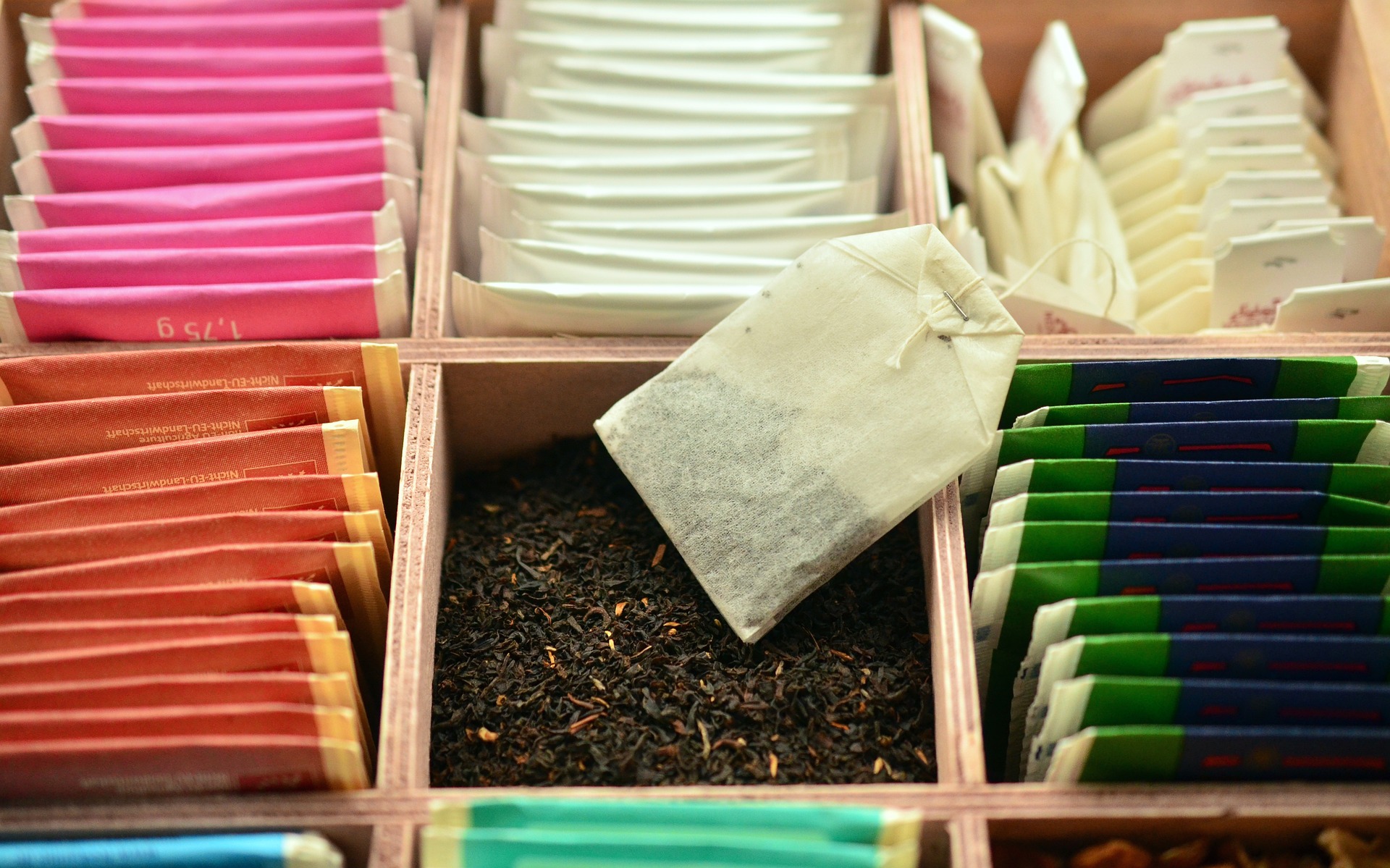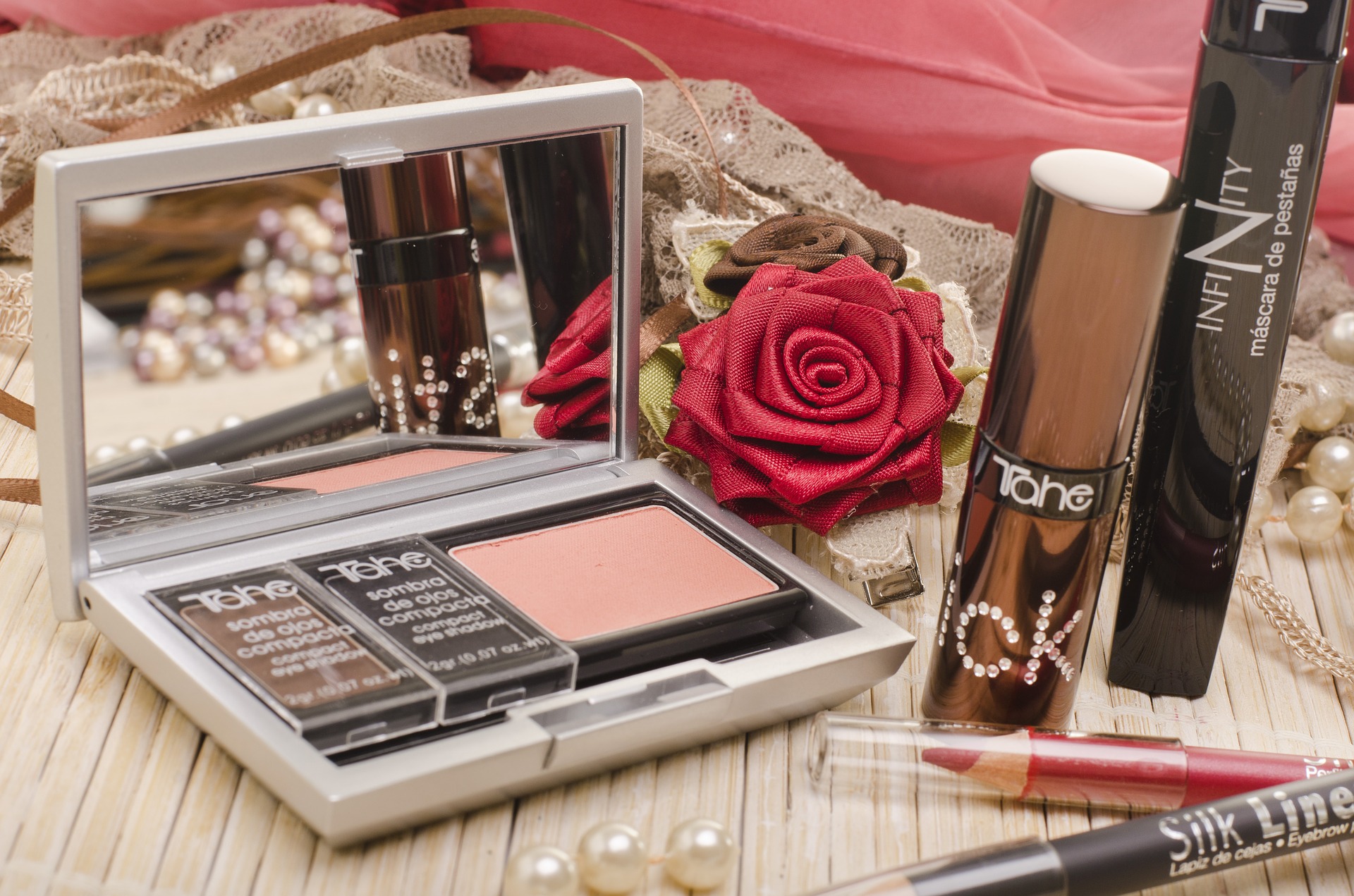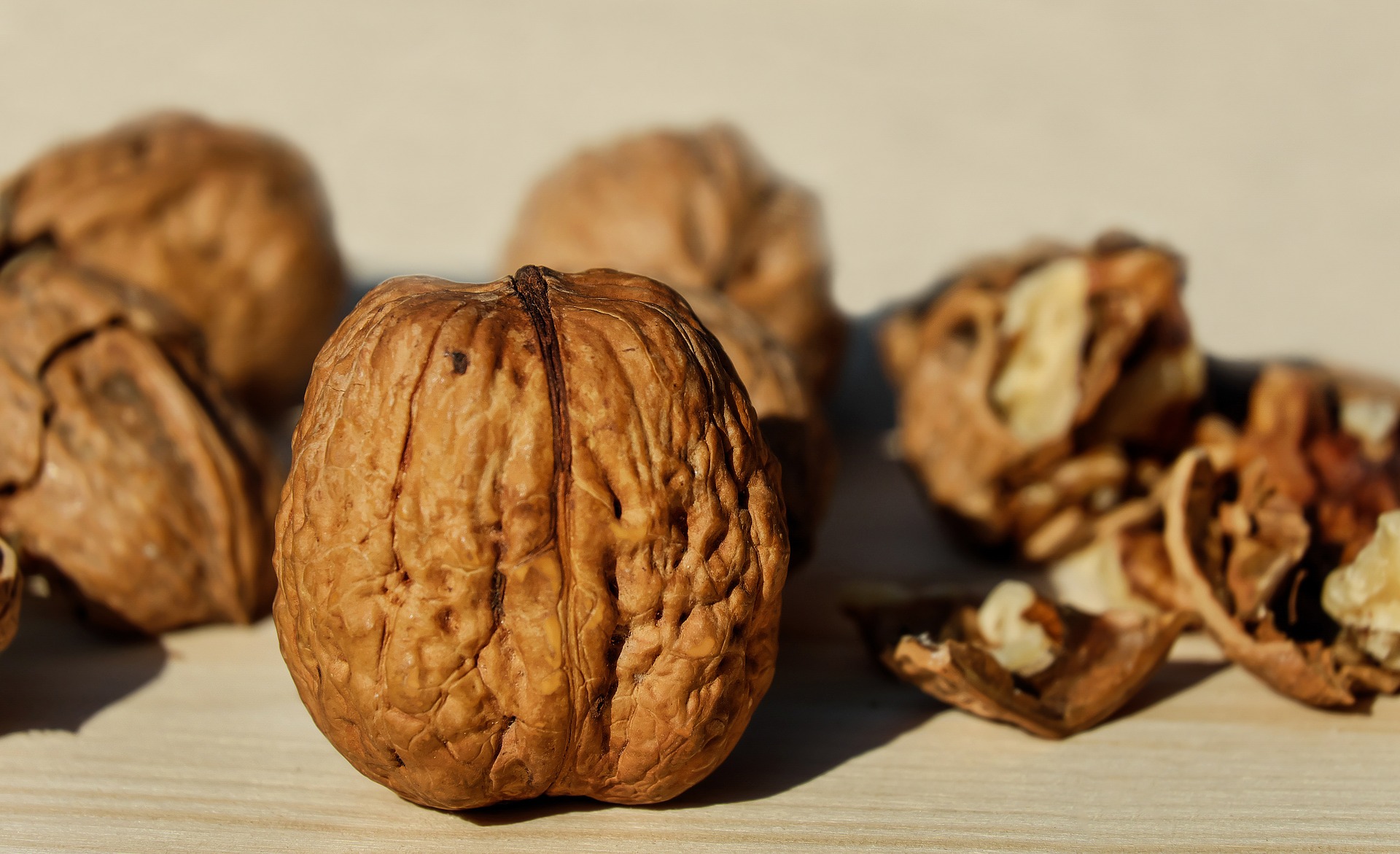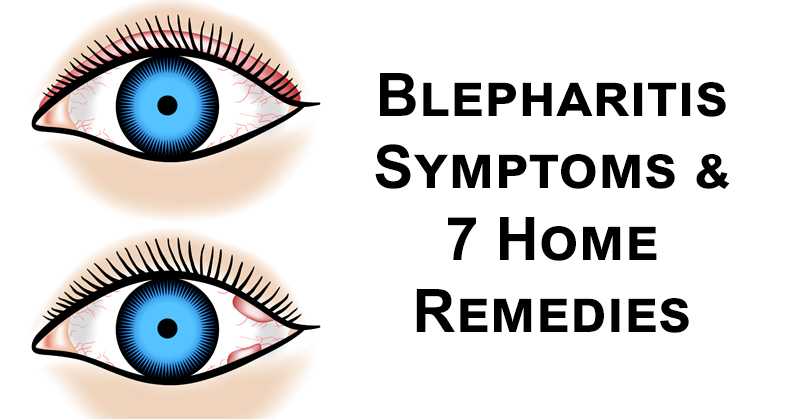Have you ever had painful, puffy eyes? You know, like allergies that just won’t quite? There you have it: blepharitis symptoms. But what is blepharitis?
Blepharitis is a common eye disorder. Often underdiagnosed, blepharitis symptoms look like a bad case of allergies. (1) However, not properly treated, mild blepharitis symptoms could lead to more serious conditions. Common blepharitis symptoms include red eyes, missing eyelashes, and hard crusts around the eyelashes.
If you’ve already developed the condition, there are blepharitis home remedies you can try. Although, some great blepharitis home remedies include measures of prevention. If you’ve developed this condition, be sure to try one of the blepharitis home remedies listed below to find some much-needed relief.
A blepharitis cure is possible for the first type, anterior blepharitis. However, the second type, posterior blepharitis, cannot be cured. Depending on the cause, type and severity of the condition, symptoms of blepharitis vary.
Here are the most common blepharitis symptoms (2):
- burning sensation
- tearing
- irritation
- red eyes
- blurred vision
- missing eyelashes
- sensitivity to light
- sticking eyelids
- flakes or scales around the base of the eyelashes
- hard crusts around the eyelashes
- inflammation of eye tissue (especially the cornea)
To help treat some of these symptoms, try one of these natural blepharitis home remedies:
1. Use a Warm Compress
A warm compress will help soothe the inflamed eyelid and remove built-up crust from the lid and lashes. It’ll also help bring blood flow to the eyelid, which helps accelerate healing.
Use a clean washcloth. Wet it with warm water, wring it out, and place it over the affected eye for 10 to 15 minutes. Do this three times every day. If it doesn’t remove the dry flakes, use a clean cotton pad with water and a gentle shampoo, like baby shampoo to massage the area and moisten the flakes. When eyelashes are dry, use a cotton swab to remove the flakes. Repeat this process every day until the crust or flakes stop developing. (3) Be sure to use as gentle motions as possible when massaging your eyes with baby shampoo. Don’t force the flakes from your eyes with abrasive measures. This will worsen the irritation and pain. Furthermore, only use a small amount of shampoo, just enough to remove the flakes. You don’t want to overwhelm your eye with a foreign substance.
2. Try Black Tea

Black tea has anti-inflammatory activities, which makes it a great remedy for blepharitis symptoms. In fact, research suggests black tea has certain compounds that inhibit the growth of bacteria. (4)
Place the black teabag in boiling water to get it to steep. After it cools, squeeze to remove the water and place it on your closed eyelid. Let it rest there for 10 minutes then throw it away. This method also works great for eyes that are puffy due to poor sleep or itchy, inflamed eyes due to allergies.
3. Use Tea Tree Oil
Tea tree oil, which has anti-inflammatory, antibacterial, and antimicrobial effects, is a great blepharitis treatment. It kills demodex mites that infest the eyelids. Furthermore, it can soothe dry, flaky skin and remove dandruff. (5)
One study from 2012, in fact, found that eyelid scrubbing with tea tree oil for one month significantly reduced the demodex mite count in patients with blepharitis. (6) And a subsequent study in 2018 concluded that shampoo with tea tree oil is three times more effective than without. (7)
However, tea tree oil tends to be on the strong side. It can irritate some people’s skin. With that in mind, you want to be particularily careful applying it to sensitive areas such as the eyes. To avoid irritation, try cutting the tea tree oil with a carrier oil, such as coconut oil. Add 2 or 3 of tea tree oil and half a teaspoon of coconut oil to a clean cotton pad. Apply it to the affected area.
4. Avoid Wearing Eye Makeup and Contact Lenses

Using eye makeup and contact lenses makes proper eyelid hygiene more difficult and can delay the healing process. Until blepharitis is treated, stop wearing eye makeup and use your eyeglasses instead of contact lenses. In fact, it’s a good idea to wear a fresh pair of contact lenses once the infection has healed because the old pair might be contaminated with bacteria. (8) Also be wary of using foundation or cover-up; if you wear it, be sure to avoid using it around your eyes.
5. Treat Dandruff
Dandruff from your scalp causes redness and flaking that can spread and cause blepharitis. To treat dandruff, you can use natural remedies such as coconut oil, essential oils, probiotics, and omega 3 fatty acids. One study found lemongrass essential oil particularly effective. (9) Additionally, you can make your own anti-dandruff shampoo right at home. This recipe is chock-full of hair-healthy ingredients that will be sure to leave your hair healthy and dandruff-free, which will help prevent blepharitis.
6. Eat Anti-Inflammatory Foods

Reducing inflammation can help improve blepharitis symptoms. It can also help conditions associated with blepharitis, like rosacea. (10)
The best foods for healing blepharitis include: (11)
- Omega-3 foods: Eating chia seeds, flax seeds and walnuts helps to reduce inflammation. They will also boost the immune system so that it can react suitably to bacteria and mites.
- Organic fruits and vegetables: Fruits and vegetables contain anti-inflammatory properties and antioxidants. They also provide important eye vitamins, such as A,C, And E.
- Healthy fats: Eating foods like avocado, nuts, seeds, coconut oil and olive oil can help reduce inflammation and help to heal the skin.
7. Keep Blinking
Blinking decreases with age. Furthermore, it decreases when you’re engaged in vision-intensive tasks, such as using your computer or phone. So many of us use some sort of screen every day. It can be easy to lose track of time when doing so, and as such, it can be difficult to remember that you’re not blinking as much as you should be. It’s important, however, to remember to take the time to make sure you’re getting enough blinks in every day. Blinking helps the meibomian glands to secrete oil, which helps to avoid a blockage that leads to dry eye.
Make it a point to blink at least 20 times, four times a day. If you have a hard time remembering to do this, try setting an alarm on your phone, or write yourself a sticky note and place it near your computer screen. Remembering to blink at least 20 times four times a day will help keep your eyes lubricated. (12)


